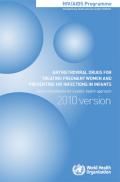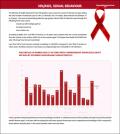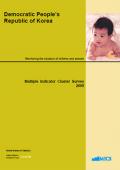Publications on Children

Resource | Publications,
Violence against women and their children (VAWC) occurring in intimate partner relationships in domestic situations is a serious problem. The World Health Organization (WHO) reports that half of the women who died from homicide were killed by their current or former husbands and partners.
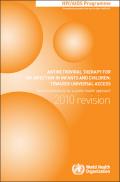
Resource | Guidelines,
The WHO guidelines Antiretroviral therapy for HIV infection in infants and children are based on a public health approach to HIV care. Updated in 2010, these guidelines are harmonized with the treatment guidelines adopted for adults, pregnant women, and for prevention of mother- to- child transmission (PMTCT).

Resource | Fact Sheets,
PMTCT in Nepal - Comprehensive PMTCT service started in Nepal from February 2005. - Government provides free ARV drugs and follow‐up testing for the baby free of cost from 18 months. - There are 17 PMTCT sites, of which 16 sites offer Pediatric ART and 5 sites provide CD4 testing onsite.
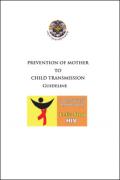
Resource | Guidelines,
The Royal Government of Bhutan has adopted the prevention of mother to child transmission (PMTCT) as an integral part of the nation's response to the HIV/AIDS catastrophe. PMTCT will be a part of a wider response to HIV/AIDS, which includes expanding access to care and support for HIV infected mothers and their families, including treatment of opportunistic infections and accelerating access to treatment.

Resource | Publications,
In the summer of 2009, the author visited a humble orphanage for children with HIV/AIDS in Vietnam. Here, like many parts in the world, the very existence of marginalized people with stigmatized illness is hidden away. Relegated to the shadows of society, these children lacked something more fundamental than housing, shelter, nutrition and medications. They lacked families to love and care for them unconditionally.
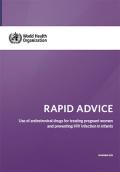
Resource | Guidelines,
The World Health Organization (WHO) worked on the revision of the Use of antiretroviral drugs for treating pregnant women and preventing hiv infection in infants: recommendations for a public health approach, 2006, through a series of coordinated efforts to review and synthesize emerging evidence.






